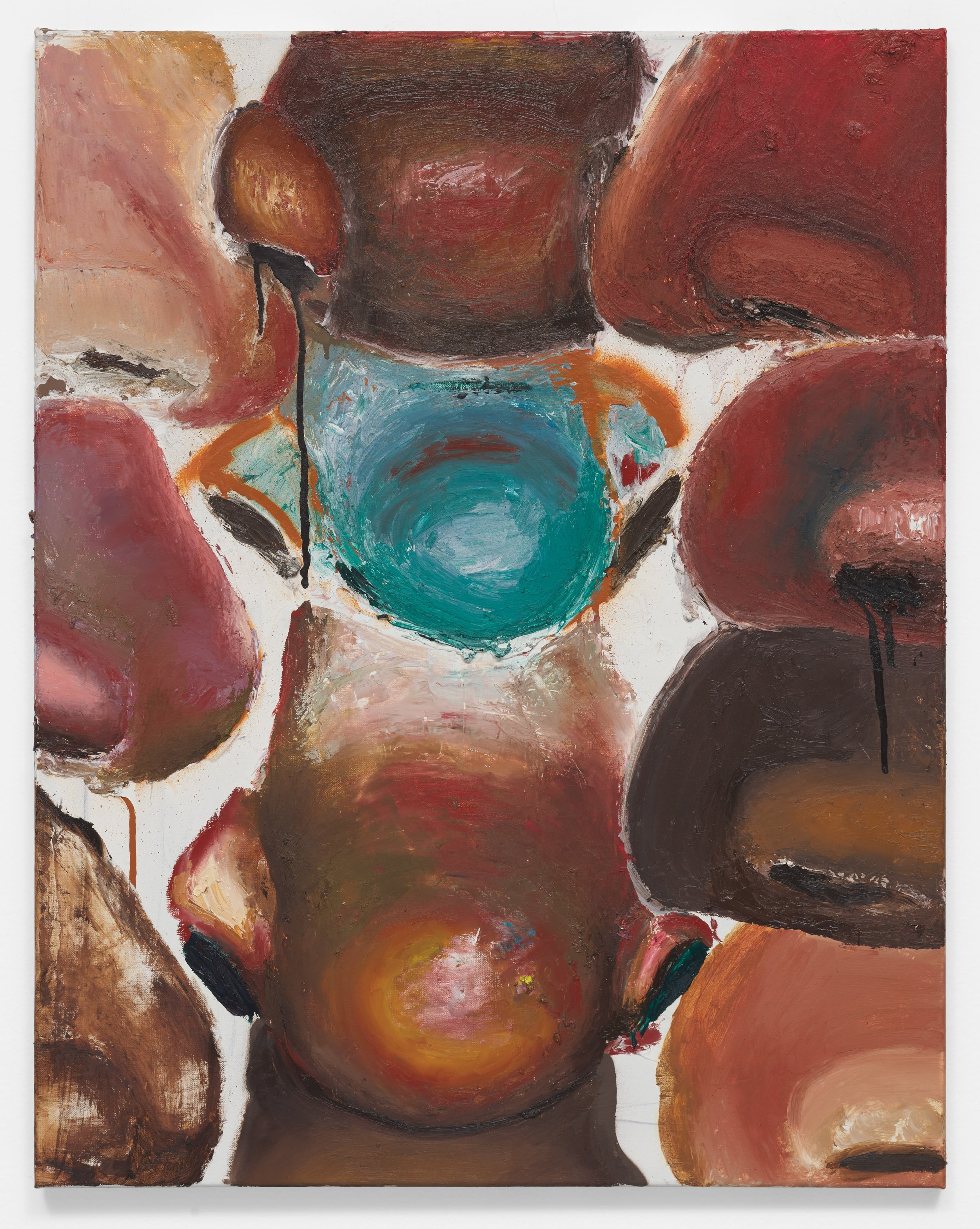Museum Spotlight: GVSU Art Museum
With a season of renewal in the air, we are thrilled to bring back our museum spotlight series, highlighting the distinctive stories of our amazing museum members and the works of art they have welcomed into their collections through Museum Exchange. We resume today with a focus on our partners at the Grand Valley State University (GVSU) Art Museum in Allendale, Michigan, who are doing great work to bring art into the everyday lives of their communities.
The newly named GVSU Art Museum comprehensively acquires, preserves, interprets, and exhibits Grand Valley State University’s diverse art collection—the second largest in the state of Michigan—with a mission “to spark our collective imagination toward building a better, more equitable world” through an active engagement with art. Guided by this vision, the footprint of the GVSU Art Museum extends beyond the confines of dedicated gallery spaces, displaying its collection widely across the university’s seven campuses—a self-described “borderless museum.”
Since we began working together in 2022, we have been privileged to place more than 30 works of art in support of GVSU Art Museum’s unique imperative to grant unrestricted access to art. This includes works by influential artists like Bea Nettles (American, b. 1946), Huang Yan (Chinese, b. 1966), and Purvis Young (American, 1943-2010), among numerous others. In GVSU, these works have found a home that allows them unparalleled public interaction, with approximately half of its collection on view at any given time.
Nathan Kemler, Director of Galleries and Collections at GVSU Art Museum, shares about the work they have been able to accomplish with Museum Exchange:
Through Museum Exchange, the Grand Valley State University Art Museum has welcomed an exciting and meaningful group of new works into our collection, enriching our commitment to fostering inclusive educational experiences through visual art. It reflects our belief in the power of art to inspire inquiry, promote dialogue, and deepen understanding across diverse communities. These additions have sparked new conversations in the classroom, inspired student-led class projects, and enriched interdisciplinary learning across campus.
Left: Serge Attukwei Clottey, Global Trot, 2015. Plastic, wires and oil paint, 77 x 75 in. Grand Valley State University Collection; Gift of Stefan Simchowitz (2022.48.1). Installation view: “Climate Matters: Our Changing and Resilient Planet,” Haas Center for Performing Arts Gallery (PAC 1121), Allendale Campus, Grand Valley State University, January 10 - March 28, 2025.
Among the many ways that these works have been activated, one of GVSU’s early Museum Exchange gifts, Serge Attukwei Clottey’s (Ghanaian, b. 1985) Global Trot (2015) was recently featured in the exhibition Climate Matters: Our Changing and Resilient Planet (January 10 - March 28, 2025). Clottey’s mosaic fashioned from the yellow gallon containers that are ubiquitous in his hometown of Accra added a global perspective to the exhibition’s reflection on our relationship to and impacts on the Earth. True to GVSU Art Museum’s collective and interdisciplinary approach, this and other works in the exhibition were contextualized by responses contributed by faculty and staff spanning the university, demonstrating its unique opportunities to promote shared knowledge as a university art museum.
Brandon Deener, That Black Nose #4, 2021. Gesso, pigment stick, oil, and spray paint on linen, 30 x 24 in. Grand Valley State University Collection; Gift of Stefan Simchowitz (2023.44).
Since this early placement, GVSU has pursued offerings from our catalogues that align with their ongoing commitment to fostering discourse through art, making important acquisitions such as Purvis Young’s Untitled (Angelic Congregation) (ca. 1980-90) and Brandon Deener’s (American, b. 1982) That Black Nose #4 (2021) that speak to themes of identity and race. The addition of these particular works—part of a broader effort expanding the museum’s collection of works by African American and Afrofuturist artists—has offered GVSU a vital means to empower campus conversations around Black identities, communities, and how they are represented and celebrated by Black artists. In line with this deepening of representation within their collection, GVSU has also added works by artists across many dimensions of identity, including works by Latine, Asian, LGBTQ+, and women artists—seeking to better reflect and affirm the many identities of their student body and our contemporary world.
We are proud to be a partner to institutions like the GVSU Art Museum, which is exemplary in championing access to and critical engagement with art. We look forward to sharing more profiles like this one elevating the work of our museum members.


